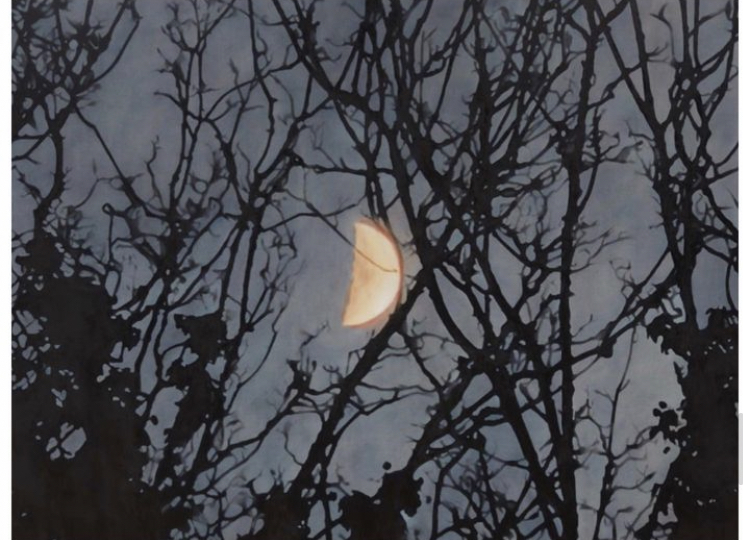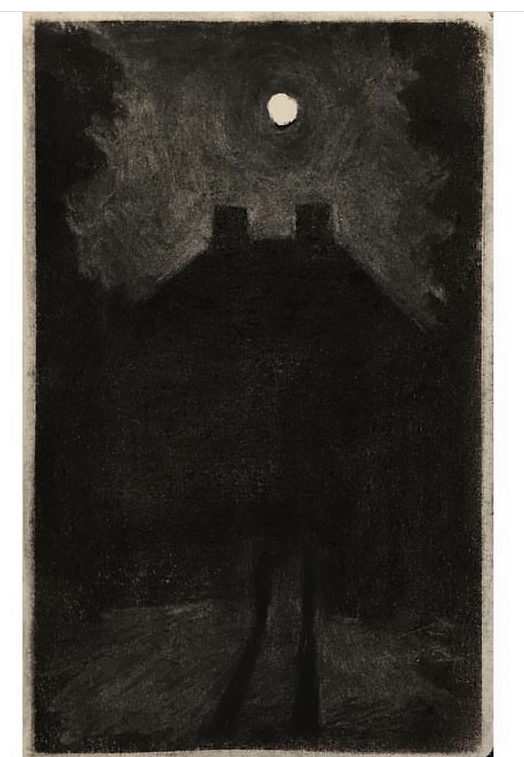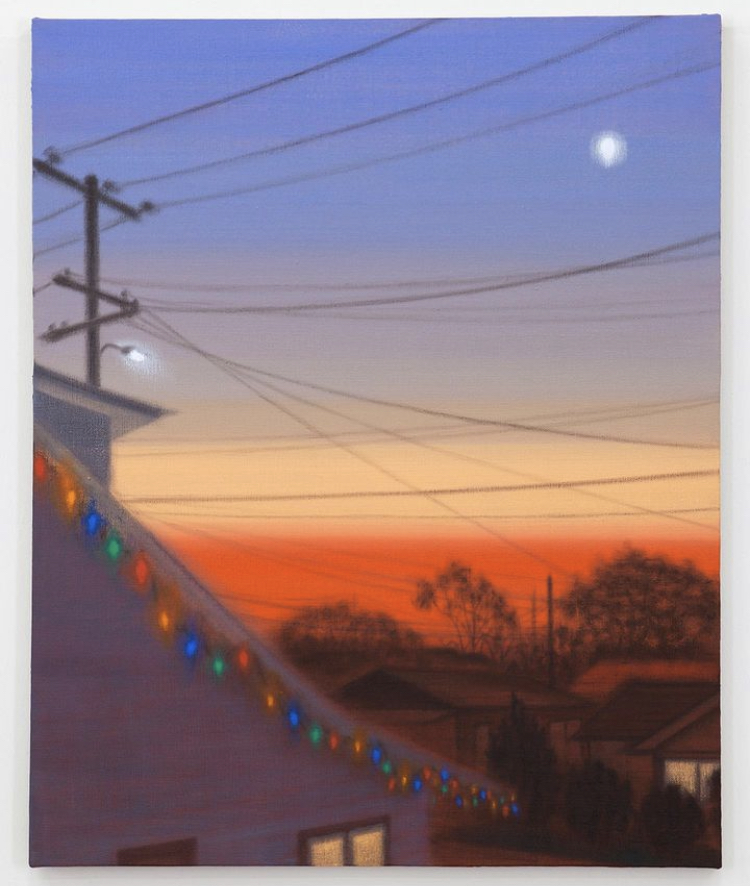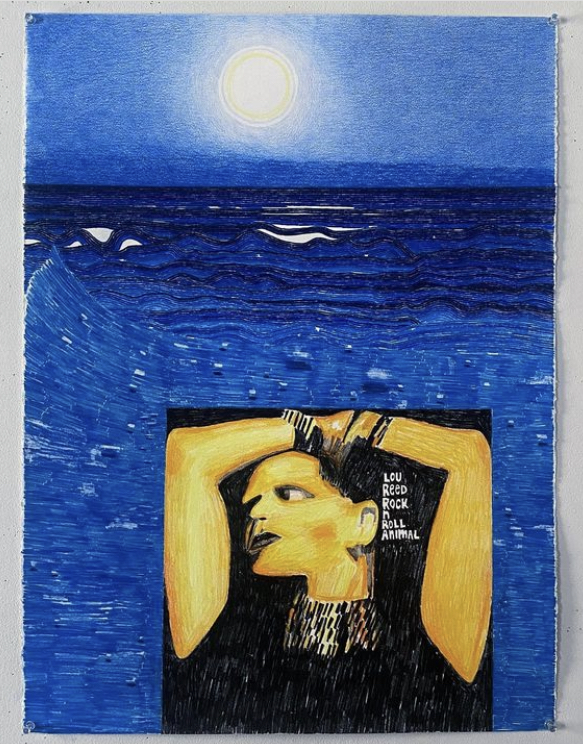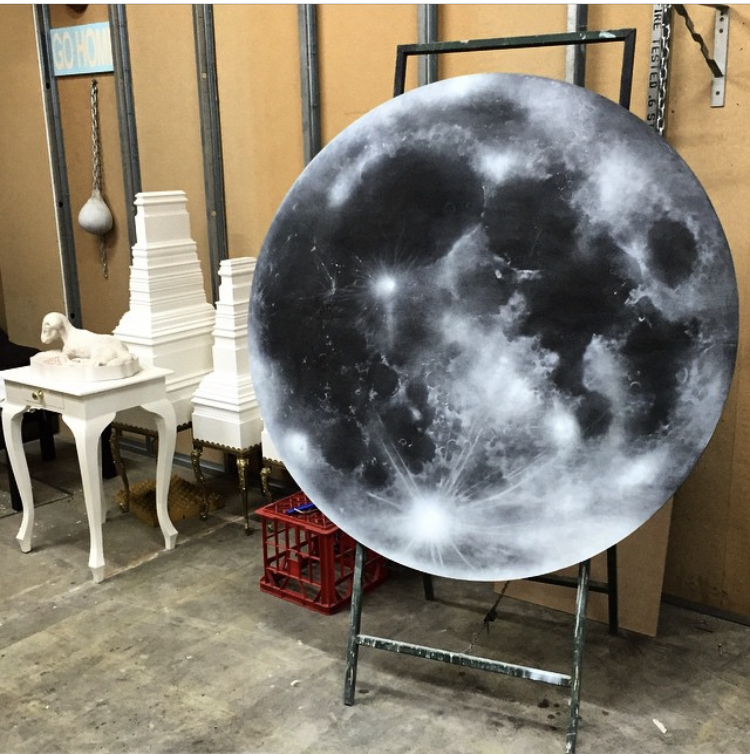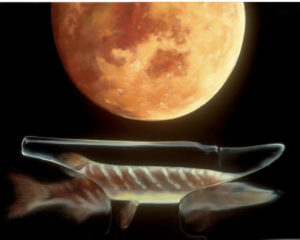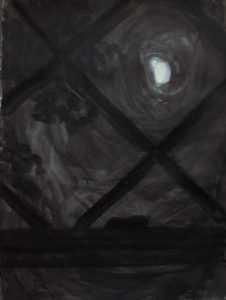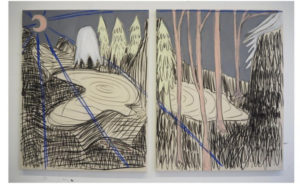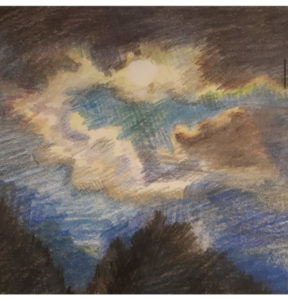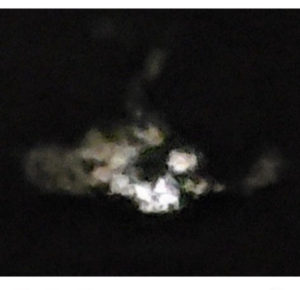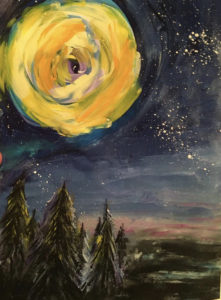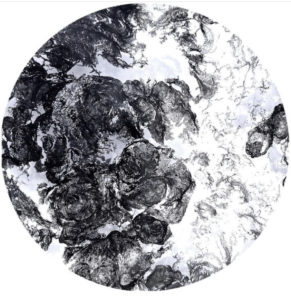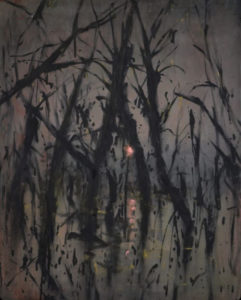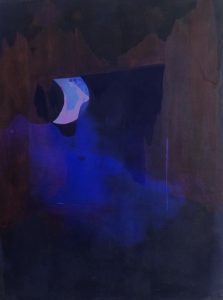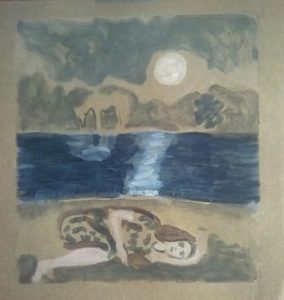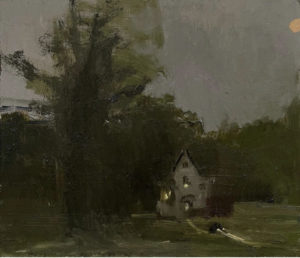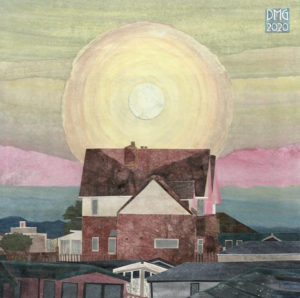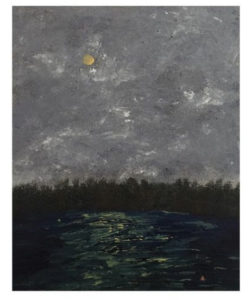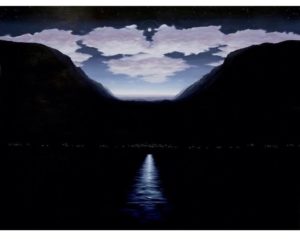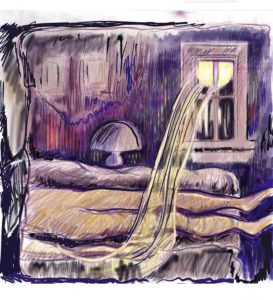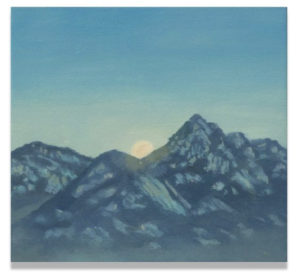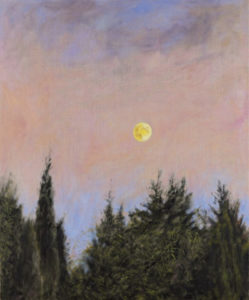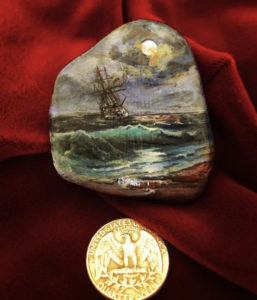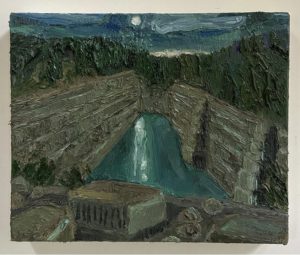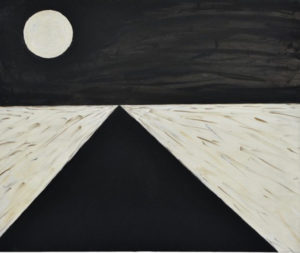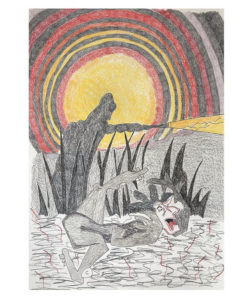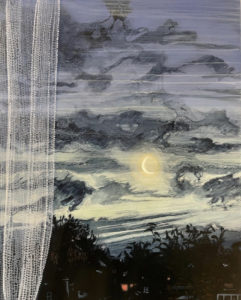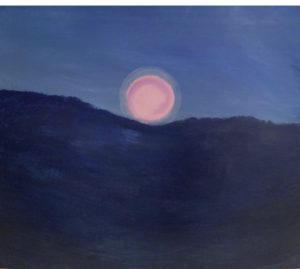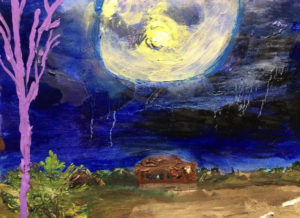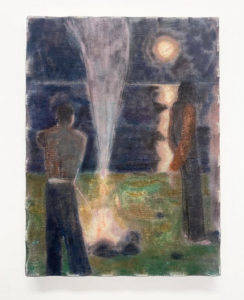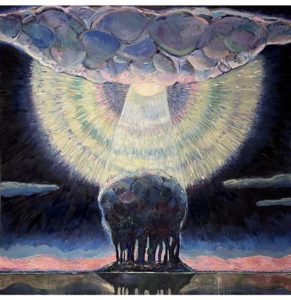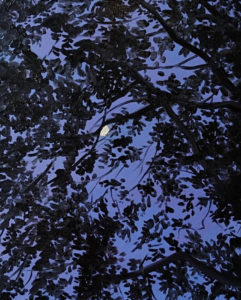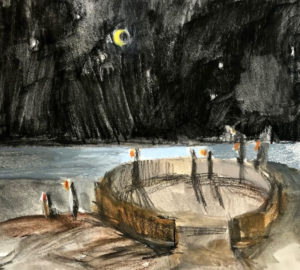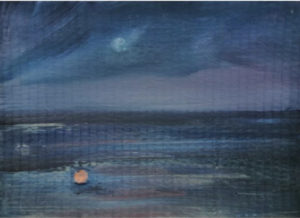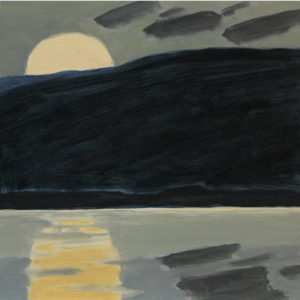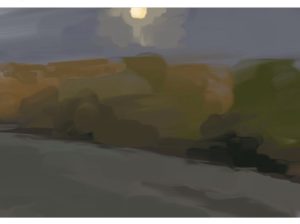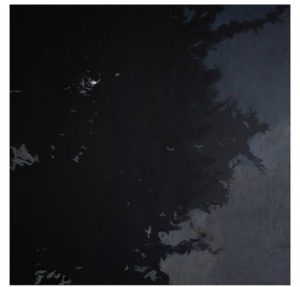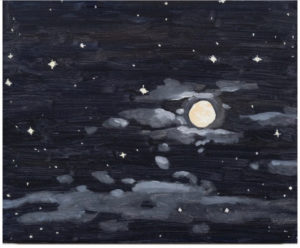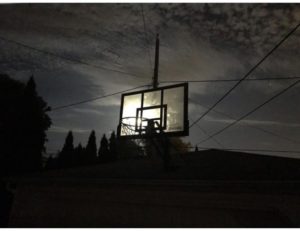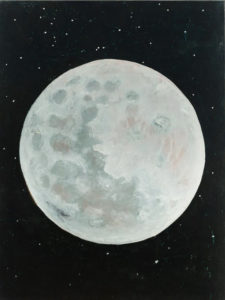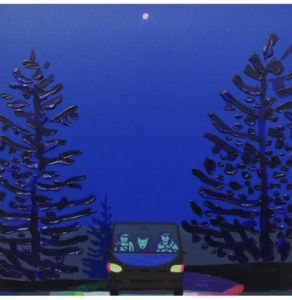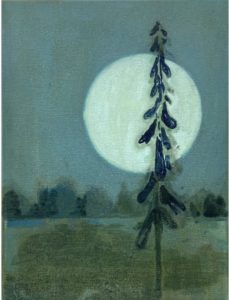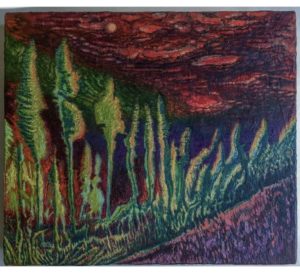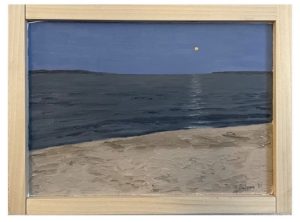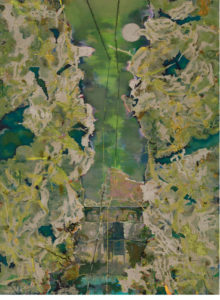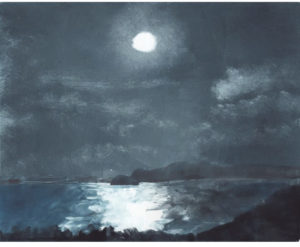For a period of time when I was very young, the song “Arthur’s Theme” by Christopher Cross played on the radio at least once every hour. The lyrics, If you get caught between the moon and New York City, were a mystery I thought a lot about as a child, ten years old. How could a person be caught between New York, where that person was, and the moon, so many miles away? That space between the person and the moon was vast but connected by some intangible current, force, or thing. That tether between the person in the song and the moon is, in art terms, the gaze. Since there have been humans, they have gazed at the moon. The first known depiction of the moon in art is reported to be the 3,600-year old Nebra Sky Disk .The moon is many things:a calendar, the conductor of tides, a relay for enough light to navigate at night. Beyond its practical functions, the moon has maintained its ability to draw our attention, to hold our gaze, to inspire or reflect our desire, longing, and restlessness. Artists throughout time have been caught between where they are (who and what they are) and the moon.
A List of Questions About the Moon
1. What does the moon mean in a painting, drawing, or other work of art?
2. Where do artists place the moon in a picture?
3. Is there a dominant pictorial placement–left, right or centered–and what does it signify?
4. What does the moon mean to you?
A List of Facts and Thoughts About the Moon:
1. The word lunatic derives from the Latin word luna, meaning moon.
2. Wolves don’t howl at the moon. But humans, probably projecting, have perpetuated this myth.
3. There is some connection, real or imagined (thus real) between the moon and loneliness, restlessness, and other strong feelings.
4. The moon shines borrowed light, light without heat.
5. The moon’s force is gravity.
6. All sighted humans everywhere have gazed at the moon.
Whenever the full moon is full, artists on Instagram post paintings, drawings, and photographs of it. During the last full moon, I began to collect screenshots and posted a message asking artists to DM me their pictures of the moon. Almost instantly, pictures of the moon started drifting into my account, kind of the way moonlight comes through a window. It was something beautiful, this quiet, digital spectacle of moons, coming through my screen from all over the world.
